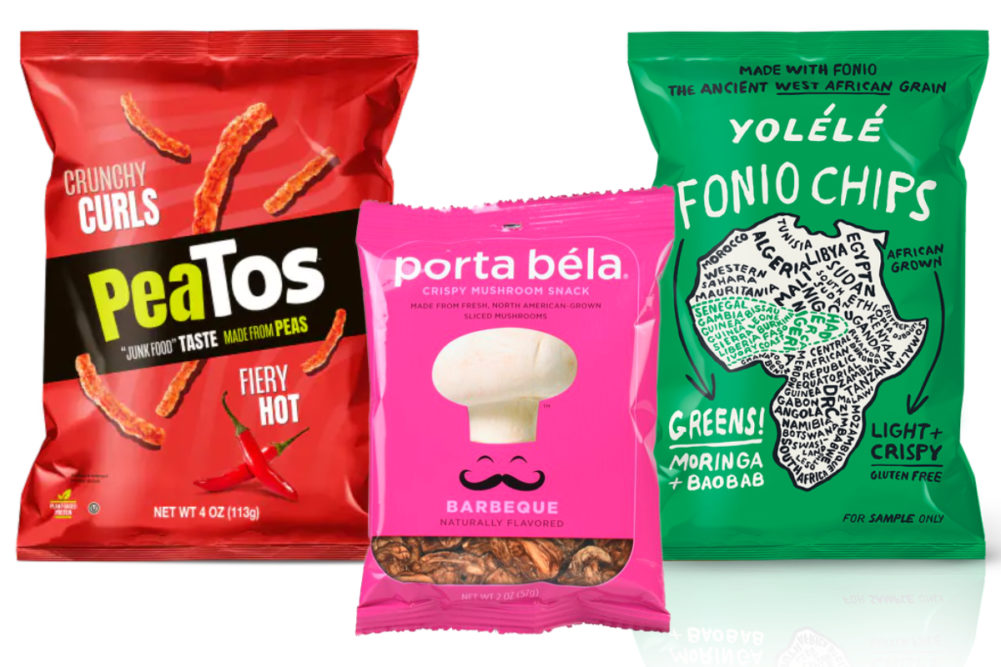When it comes to experimenting with flavors, snack manufacturers should pair an unusual one, such as baobab or guajillo chili, with a familiar snack format, such as tortilla chips. Or instead of using potatoes to create a chip, producers might try an unconventional base ingredient, such as seaweed or dried portobello mushrooms, and marry it with cheddar, barbecue or another popular seasoning.
“If you’re going to experiment with base ingredients, start with flavor profiles that everyone knows,” Lynn Dornblaser, director of innovation and insight for Mintel, said recently during her presentation at SNAXPO21 in Charlotte, NC.
Over the years, some of the alternative bases that have become accepted by consumers include cauliflower and black beans. In addition to providing a point of differentiation, these bases may be considered more healthful because of the vitamins or minerals they contain.
Ms. Dornblaser suggested that snack makers should be careful when naming a product as well. A cayenne pepper snack, for instance, should be spicy enough to live up to its name, or consumers might be disappointed when they try it. That would hurt repeat purchases. Of course, health should be another consideration. Ms. Dornblaser suggested snack makers could use an ingredient such as chickpeas or plantains and highlight their better-for-you benefits.
“There are a lot of different ways to talk about health credentials, and there’s a lot of opportunity to talk about that a little bit more,” she said.
Finally, she recommended targeting younger consumers with flavor experimentation, especially those under 35, who are most receptive to new snack concepts. These are all effective ways to expand a snack brand’s appeal.





